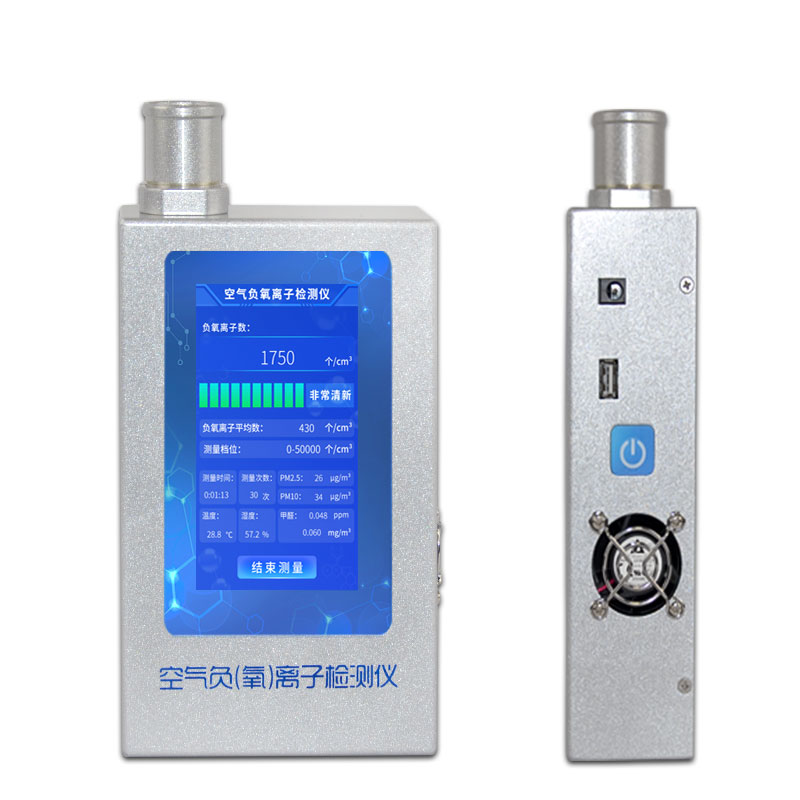Meteorological environment monitoring equipment supplier
Insist on doing high-precision customer favorite technology products
Negative ion detector is a device used to measure the concentration of negative ions in the air. It utilizes the capacitive aspiration method for detection. This instrument is specifically designed for continuous outdoor monitoring and boasts high-precision performance, suitable for the analysis of atmospheric negative ions and environmental air quality assessment.
Negative ion detector is a scientific instrument specifically designed to quantify the concentration of negative ions in the air. It operates based on the capacitive aspiration method, which involves drawing in air samples and using a capacitive sensor to capture negative ion charges, thereby calculating the concentration value. This principle ensures the accuracy and reliability of the measurement, avoiding the influence of external interference. The device is primarily used in outdoor environments, capable of long-term continuous monitoring and adapting to various climatic conditions, providing stable data for the study of atmospheric negative ions. In the field of environmental monitoring, the role of Negative ion detector is indispensable. It helps scientists and environmental agencies assess air quality, especially in negative ion-rich areas such as forests, mountains, and coastal regions. Through real-time data collection, users can analyze trends in negative ion concentration, thereby understanding their potential impact on human health and environmental ecology. For example, high negative ion concentrations are often associated with air freshness, which helps guide urban planning and public health policies. Furthermore, the high-precision characteristics of this instrument make it an important tool in scientific research and industrial applications. It uses robust materials and protective design to ensure stable operation even in harsh outdoor environments. Data analysis functions allow users to export and compare monitoring results, supporting further environmental assessment and decision-making. In practical operation, Negative ion detector is usually equipped with an automatic calibration mechanism to reduce errors and can be remotely monitored for unattended operation. This automation feature improves efficiency and is suitable for large-scale environmental monitoring networks. Despite its advanced technology, the use of this device still requires adherence to standard operating procedures to ensure the scientific validity and comparability of the data. Overall, Negative ion detector provides strong support for environmental protection and health research by providing reliable negative ion concentration data. Its applications extend beyond academic fields to practical scenarios such as weather stations, tourist areas, and industrial zones. In the future, with technological advancements, this instrument may integrate more functions to address increasingly complex air quality challenges. Through continuous improvement, Negative ion detector will continue to play a key role in environmental science.
